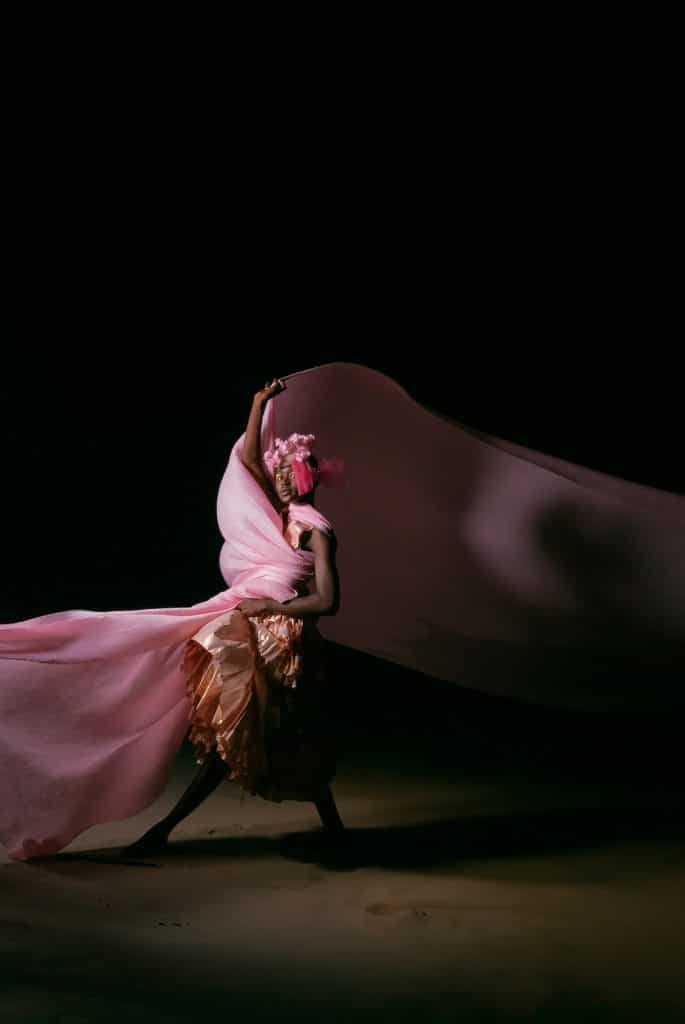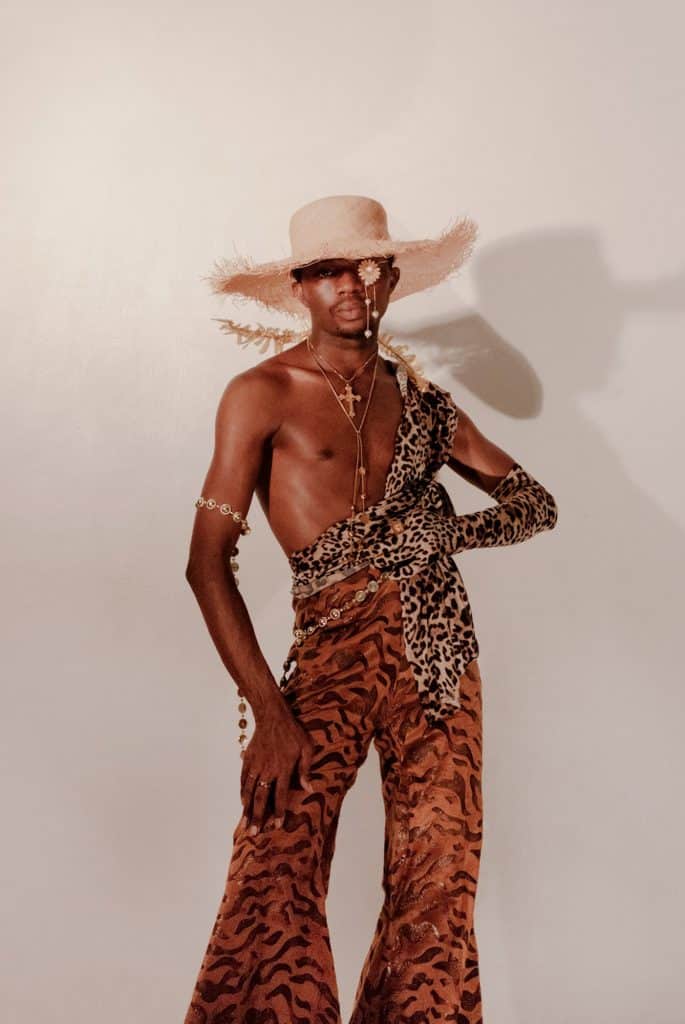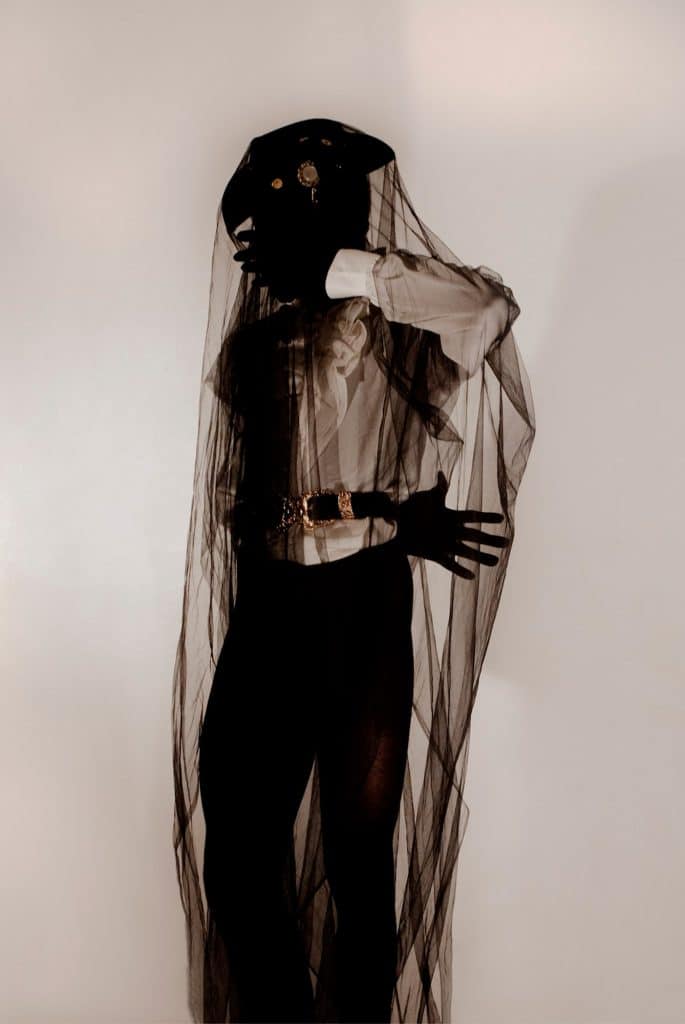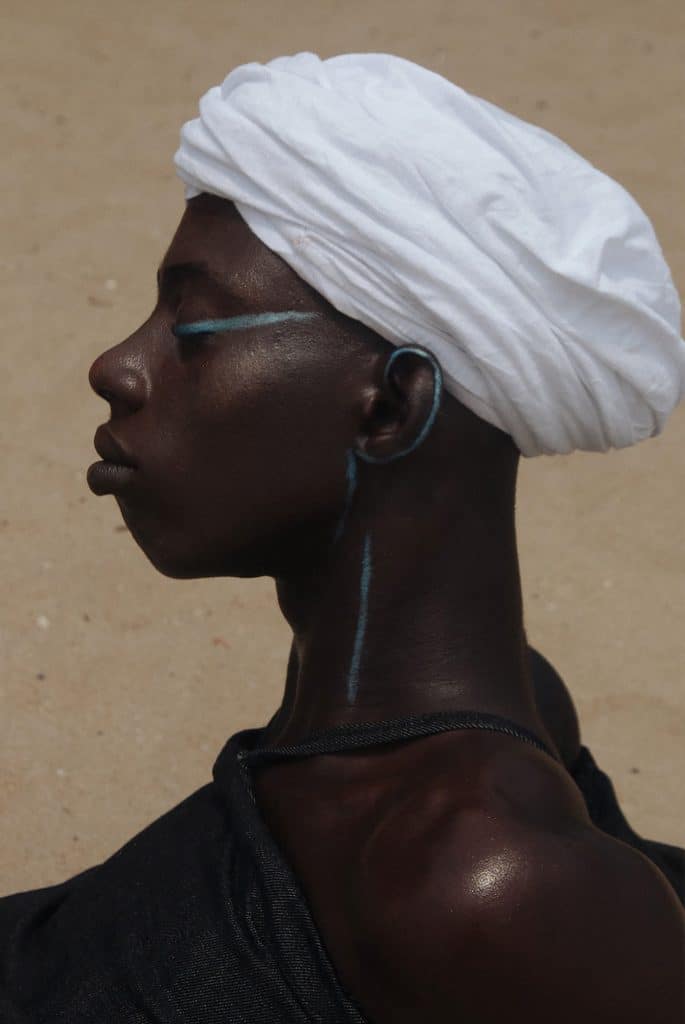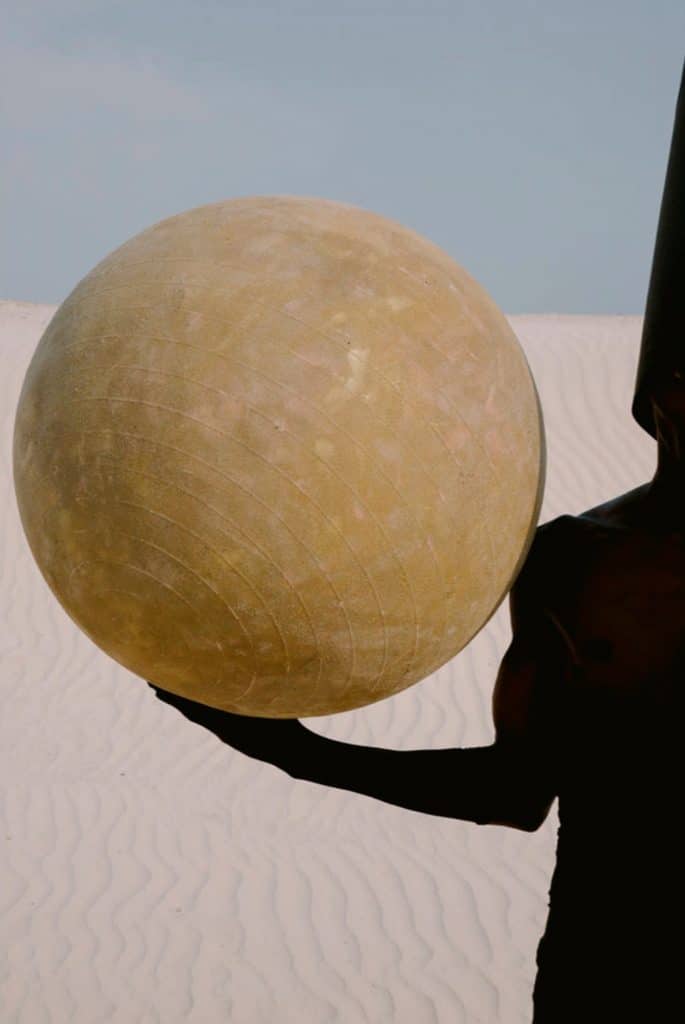From styling for Beyonce’s Black is King to the April/May 2022 Rolling Stone magazine cover of Burna Boy, Nigerian photographer, director, and stylist Daniel Obasi has become one of Lagos’ leading new artists working today. Taking on issues of identity, sexuality, masculinity, self-expression, and institutional power structures, Obasi’s highly personal activist photographs are laden with optimism and possibility, the hallmarks of Afrofuturism.
In a new online exhibition at Homecoming Gallery, curator Azu Nwagbogu, founder of the African Arts Foundation and Lagos Photo festival, brings together a selection of Obasi’s luminous self-portraits and ethereal images of friends that meld the space between art, portraiture, and fashion photography. But his work is anything but escapist fantasy. Using photography to both transform the way we think and see, Obasi confronts notions of misogyny, homophobia, racism, and bigotry that are at the root of political and societal violence.
For Obasi, photography is a deeply personal mode of expression, one that he uses to communicate the essence of himself and his ideas and transform his art into a tool of social activism. “Photography should provoke you to want to know more, to question, to become intrigued and want to do something, or just leave you relaxed, like the memory of an emotion,” he says.
The New Vanguard
Like the novelist and the poet, Daniel Obasi draws upon metaphors and symbolism to confront and dismantle power structures, yet does so in a lyrical way that starts a conversation rather than a diatribe or argument. “You try to break down the narrative, drawing on things related to sexuality, things I feel need to be talked about with an open mind,” Obasi says. “I’m not big on putting things in your face. I go with my vision and what I am feeling at the time.”
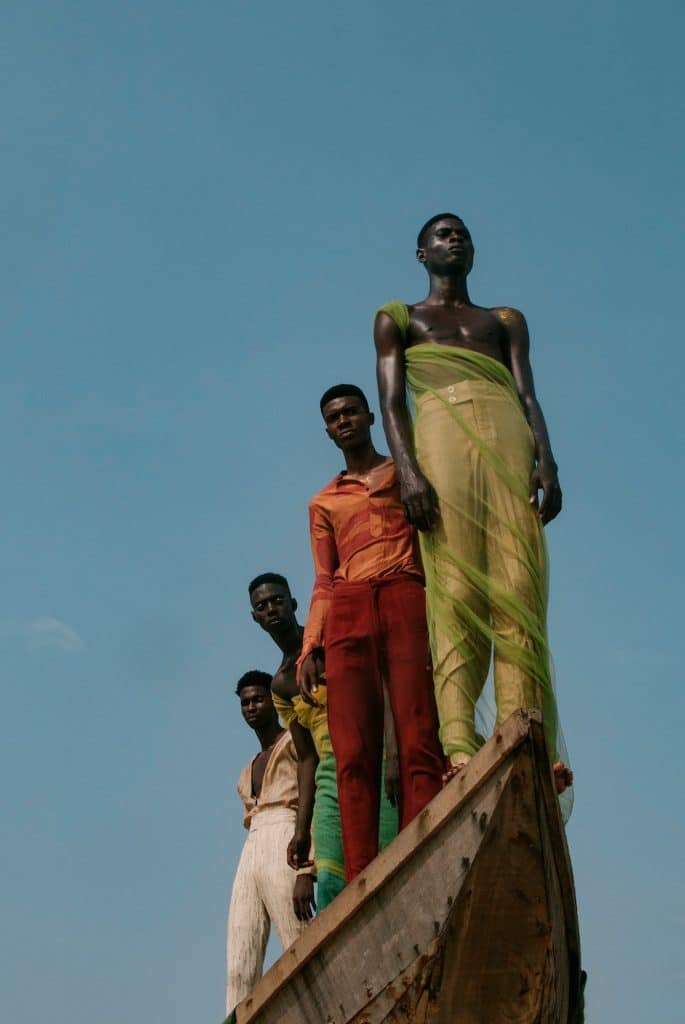
In doing so, Obasi eludes the strictures of industry-driven categorization that seeks to compartmentalize artists into simple, easy-to-market boxes like “art” and “fashion” as though they cannot be one in the same. “I don’t like the ideal of putting a label on my work,” says Obasi, who is one of the 15 artists featured in Antwaun Sargent’s groundbreaking book, The New Black Vanguard: Photography between Art and Fashion.
Obasi’s hypnotic images challenge perceptions of race, gender, and sexuality, while embracing the possibility of a better way — one liberated from the vestiges of colonialism that have devastated the African continent for centuries. Through a lens of Afrofuturism, which operates outside all Western constructs, Obasi creates space free of social and political constraints, where one can simply be.
“Daniel is amongst a handful of talented artists creating important artifacts of our time whether through film, photography or text,” says curator Azu Nwagbogu. “His approach to image making is empathetic and singular and one that serves the widest possible audience. The image I selected for my home represents just that. It is perfection. Stillness in motion. It calls me.’”
Confronting the Corridors of Power
Recognizing that image-making could provide him with a sense of belonging and identity in a world that misrepresented, marginalized, or erased his identity, Daniel Obasi understood the best way to control the narrative was to tell the story himself. “People write about wonderfully realistic experiences about Nigeria but as an African person I didn’t see a lot of the societal issues they touch upon reflecting in mainstream media. Artists show the problems that they are dealing with and how they try to rise above it,” Obasi says.
“We are very interested in having our voices heard but there aren’t a lot of people who are willing to take the risk. When you look around, there aren’t many platforms locally. It reinforces the need to create one. You realize there are a lot of people who see the world the way you do. I wanted to show images from a very specific, pure point of view and it felt like I was in control over that because I have a very unique way of doing things.”
With the photograph Corridors of Power, Daniel Obasi examines the ways in which power structures — such as politics, the church, marriage, and the worlds of beauty and pageantry — impact commonly held notions of sexuality, masculinity, relationships, and love. “The court decided who you can marry and if you can have an abortion, decisions that affect larger groups of people who are within the corridors,” he says.
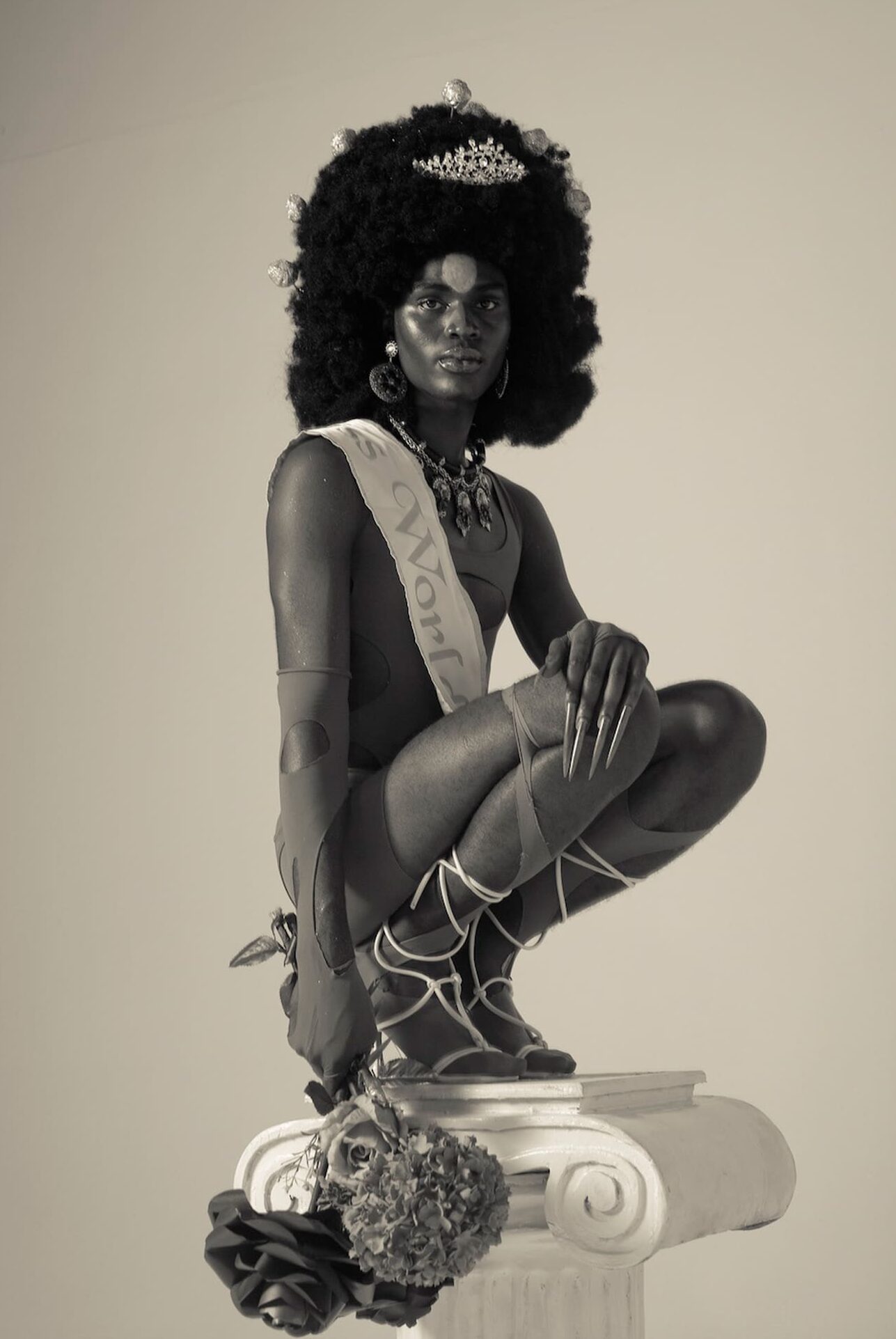
As a new generation of artists across the continent rise, they are defining identity on their own terms, honoring their people and nations, and reclaiming their stories for themselves. “Being able to create your own voice is a huge thing,” Obasi says. “It’s amazing to be part of a generation of Nigerian artists who are helping to make things happen for young people. They are pushing to be better and they’re amazing in terms of what they do. This generation is not waiting for gatekeepers.”
Daniel Obasi’s work is now displayed online at Homecoming Gallery.
